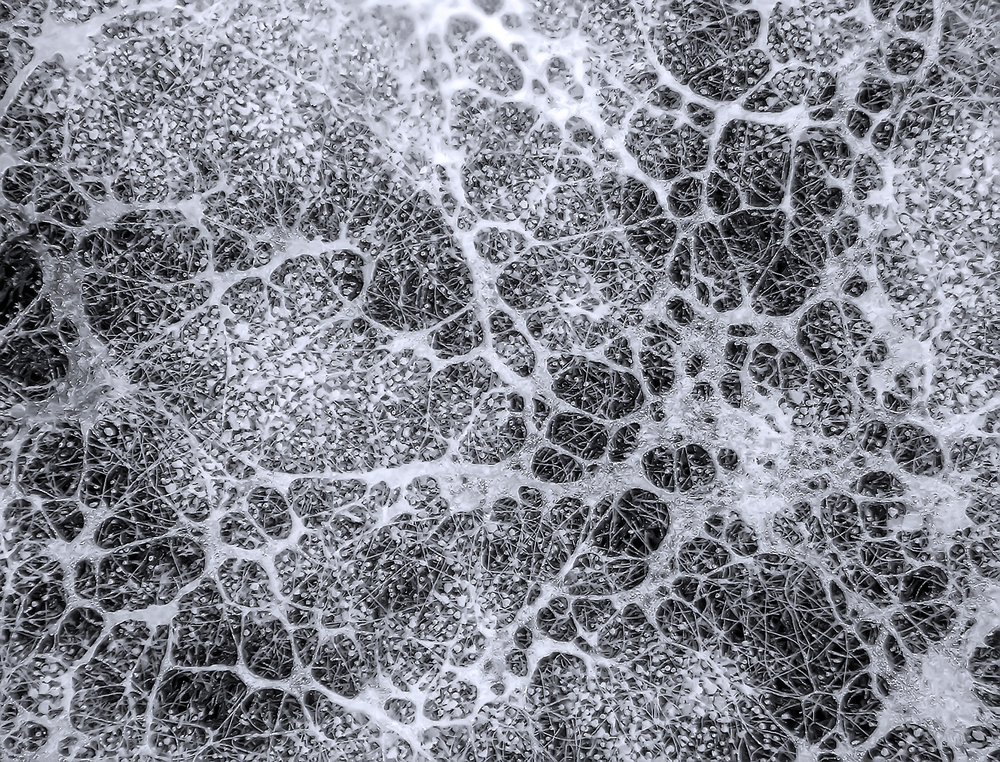Although fungi have long been lumped together with plants, they are more closely related to animals. At a molecular level, fungi and humans are similar enough to benefit from many of the same biochemical innovations. When we use drugs derived from fungi, we are often borrowing a fungal solution and repurposing it within our own bodies. Fungi are pharmaceutically prolific and today we depend on them for many other chemicals besides the fabled penicillin. There’s cyclosporine, an immunosuppressant drug makes organ transplants possible, and statins, for lowering cholesterol. Taxol is just one of many anti-cancer compounds. And of course there’s alcohol, fermented by yeast. Sixty percent of enzymes used in industry are generated by fungi and 15% of all vaccines are produced by engineered strains of yeast. Citric acid is produced by fungi. Fungal solutions are also useful well beyond human pharmaceuticals. Fungi play a major role in agriculture, whether it’s reducing colony collapse in honeybees, treating heavy metals and toxins in soils (Andaman Ag has a great product for this application), mobilizing soil nutrients and trading them with plants for sugars and fats — we are only beginning to understand the intricacies and sophistications of fungal interactions.
Key to this picture is the revelation that the unseen underground world is just as complex, sophisticated and purposeful as the visible aboveground world we inhabit. Microbes are not simple, passive accessories to plants, but dynamic, powerful actors. Fungi can hoard nutrients, and they can reward plants that are generous with their carbon reserves and punish ones that are stingy, and they can deftly move and trade resources to get the best “deal” for themselves in exchange. There in new research that finds fungi might not be just nutrient traders but also sophisticated information processors. For example, a biologist in Scotland, discovered that bean plants attacked by aphids sent chemicals underground through fungal networks to nearby plants that were then alerted to the presence of the pests.
When plants crept onto land some 500 million years ago, microbes were waiting. Fungi and bacteria struck up relationships with their new neighbors. Plants, after all, could do something most microbes could not: harness solar energy to split apart atmospheric carbon dioxide and construct energy-rich sugars and fats from the pieces. The microbes, in turn, had mastered the art of freeing up the nutrients that plants needed from the soil — phosphorus especially, but also nitrogen. There is evidence that microbes help plants gain access to water as well. Some 80 percent or more of today’s land plants form partnerships with fungi, and other plants partner with bacteria.
Interactions among plants and their fungal symbionts resemble a cutthroat marketplace in which the species negotiate their exchanges of nutrients ruthlessly. While bacteria might nestle into the roots of select groups of plants, fungi are without question the masters of the underground economy. Certain fungi spread through vast areas and commingle with just about every plant they encounter, even sending thready tendrils known as hyphae directly into plants’ roots. (The name for these fungi — “mycorrhizae” — fuses the Latin myco-, meaning “of fungi,” with the Greek rhiza, or “root.”) Indeed, the mycorrhizal world forms a sort of inversion of the vegetable one, with branching fungal networks extending downward, mirroring the branching stems and limbs of the plants reaching skyward.
The fungal world is diverse and complex. A spoonful of soil contains more microbial individuals than there are humans on Earth. It’s the most species-dense habitat we have. A single plant might be swapping molecules with dozens of fungi — each of which might in turn be mingling with an equal number of plants. It’s a promiscuous party down there! Both plants and fungi benefit more from trading with each other than from keeping resources to themselves. Fungi move nutrients from the “rich” to the “poor” soil regions, boosting growth in the poor regions.
Promoting these relationships is possible by combining Pacific Gro oceanic fish hydrolysate (very fungal) and Metagrow Compost Tea (very bacterial). This combination will enhance available nutrients, help access water, and symbiotically, support what plants have known for almost 500 million years. Years of poor agricultural practices has taken its toll on our soils and this combination can have a very beneficial impact on crops.





